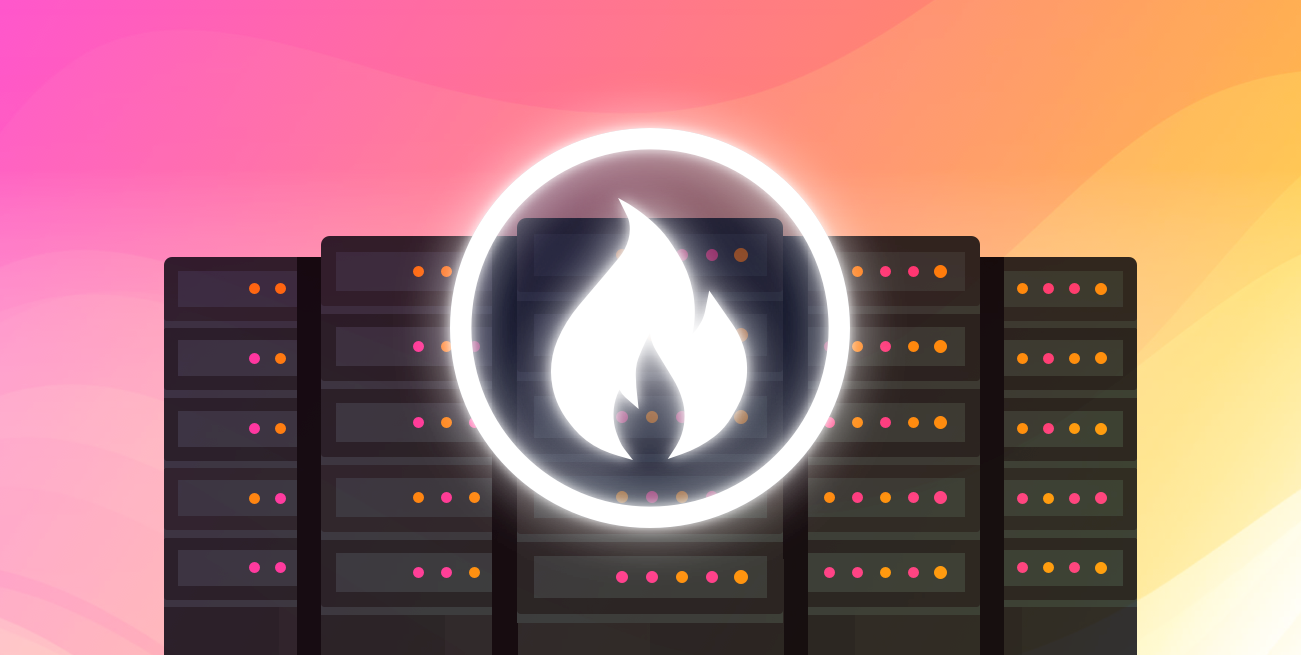
On September 29, 2025, a fire ripped through the National Information Resources Service (NIRS) data center in South Korea—the heart of the government’s cloud infrastructure. In a matter of hours, 858 terabytes of data were destroyed, wiping out tax records, civil registries, and essential administrative systems.
No backups. No failover. No recovery plan.
This wasn’t just a data loss. It was an operational blackout—one that paralyzed digital services across the country for weeks and may have permanently erased vital records.
The tragedy underscores a simple truth: centralized cloud storage is a single point of failure. When your backup lives in a single region—or worse, a single data center—it’s not a backup. It’s a liability.
How Storj could have prevented it.
At Storj, we believe resilience shouldn’t depend on geography or luck. Our distributed cloud architecture was built precisely to eliminate this kind of catastrophic risk.
Instead of parking all your data in a single facility, Storj encrypts, erasure-codes, and distributes every file across tens of thousands of independent storage nodes worldwide. The result is a global safety net that’s inherently resilient to fires, floods, and even regional outages.
- Always offsite, everywhere – Storj acts as the offsite copy in a 3-2-1-1 backup strategy (3 copies, 2 media, 1 offsite, 1 immutable). Data fragments are scattered across the globe by default—no special setup required.
- Immutable and tamper-proof – With S3-compatible object locking and versioning, once your data is written, it can’t be altered or deleted—even by ransomware.
- Fast recovery anywhere – Because files are rebuilt in parallel from multiple nodes, RTO and RPO improve dramatically, restoring operations in minutes, not days.
- Affordable protection – At roughly $6 per terabyte per month “per planet” (vs. $7 or more “per region” with traditional clouds), the cost of protecting the entire 858TB NIRS dataset would have been about $5,150 per month—a negligible expense compared to the massive economic and operational losses now unfolding.
Why distributed beats “redundant”.
Many organizations assume they’re protected because they use multi-zone replication or periodic snapshots to another region. But replication inside a single provider’s footprint doesn’t defend against systemic risks—power failures, vendor outages, or, as Korea discovered, physical destruction.
Storj’s global fault tolerance is built in, not bolted on. It’s not “multi-zone”—it’s one global zone, with redundancy inherently distributed across continents. Even if a region goes dark, your data remains instantly accessible elsewhere.
This is what resilience looks like in the distributed era:
- No need to replicate data across expensive regions
- No downtime waiting for restores
- No complex configuration or surprise egress bills
Just simple, affordable, durable backup you can rely on.
A better kind of insurance policy.
For less than the cost of powering a rack of idle servers, the South Korean government could have stored an immutable, globally distributed copy of every critical system backup—ready to restore from anywhere.
Had even one of those 858TB backups lived on Storj, the story would have been about recovery, not loss.
Distributed cloud storage isn’t a luxury. It’s the new baseline for disaster recovery—a safeguard that turns “never again” into policy, not promise.
Learn more.
If you’re rethinking your organization’s disaster recovery plan, these are good places to start:
- Lessons from the CrowdStrike outage and the Irish Potato Famine
- When 40 Gbps dropped to zero—and nobody noticed
- A recovery plan your future self will thank you for
Protect your data before disaster strikes.
Don’t wait for your next headline.
Explore distributed cloud backup and start your free trial or schedule a meeting with a Storj solution engineer to see how decentralized storage can protect your organization from the next outage.
Your data deserves better than a single point of failure.
Backup once. Restore anywhere. Fast everywhere.
















